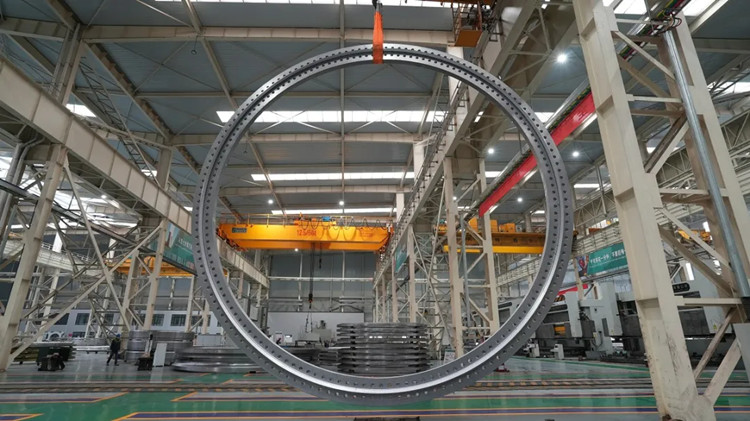- tyler@kirail.com
- +86 15603721115
In general, the forging process flow of forgings is as follows: ingot preparation or blank cutting - ingot (blank) inspection - heating - forging after forging - cooling - intermediate inspection - heat treatment - cleaning - final inspection.
1. Ingots are mainly used to produce medium or large forgings.
Ingots are available in hot and cold states. Hydraulic presses mainly use ingots to produce forgings, especially hot ingots.
2. Blank punching is mainly suitable for small free forgings and die forgings.
Due to different conditions in each factory, the blanking methods are also different. There are four common methods: cutting (cutting with a cutting machine), sawing (cutting with a reciprocating saw or circular saw), gas cutting and cutting with a hammer.

3. Ingot (blank) inspection
Ingots or blanks are generally called "incoming materials" in the forging production process. Incoming material inspection is the first step in controlling the production of qualified forgings. Inspection should be carried out strictly in accordance with its process regulations to avoid waste of metal materials due to oversize and scrapping of forgings due to undersize.
4. Heating
The entire heating process should strictly follow the heating regulations to prevent "overheating" or "overheating" and other phenomena to ensure the heating quality.
5. Forging
Forging is the main process of forging production and plays a decisive role in the quality of forgings. Forging generally includes: various press die forging, free forging, hammer die forging, etc. In order to prevent forging defects, the forging process should be carried out strictly in accordance with the operating procedures and methods of each basic process.
6. Cooling
Post-forging treatment is a very important process in forging production. Even if the initial heating and forging process is normal, improper cooling will also lead to scrap if the cooling specifications are not strictly followed.
7. The intermediate inspection is a necessary condition for quality control, and the inspection after cooling is even more indispensable. This process mainly inspects the appearance and size.
8. Post-forging heat treatment
In order to ensure the intrinsic quality of the forgings and to prepare for the organization of the next process, the forgings are generally delivered after one heat treatment. For furnace-cooled forgings, furnace cooling is often combined with post-forging heat treatment.
9. Cleaning of free forgings mainly involves removing local surface defects of forgings, such as cracks, folds, heavy skin, etc.
The main cleaning methods include wind shovel, grinding wheel and flame cleaning. For the surface of tire die forgings and die forgings, the defects of the iron sheet surface must also be removed. The cleaning methods include drum cleaning, sandblasting (shot) cleaning, pickling and steel brush cleaning.
10. Final inspection
This process mainly checks whether the forgings meet the requirements of the forging drawings and the specified technical requirements. It includes inspection and re-inspection of the surface, shape and size of the forgings. For important forgings with special requirements, hardness, mechanical properties, metallographic structure (high magnification, low magnification, grain size) and flaw detection (ultrasonic, magnetic powder) are also required.